This period reveals a new step in the history of mankind with the development of the Mother Goddess cult from Neolithic ages, prehistoric times established and settled societies and production of food. Anatolia once again gives the most comprehensive sites in the world for this age.
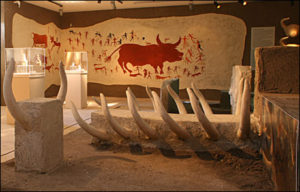 |
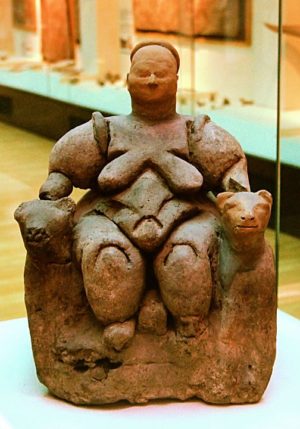 |
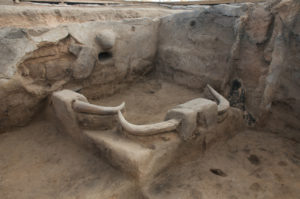 |
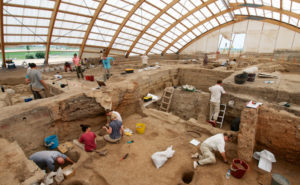 |
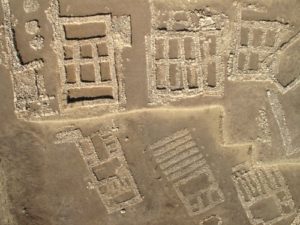 |
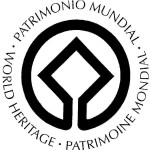 * CATALHOYUK /KONYA
* CATALHOYUK /KONYA
The world’s first city..
WORLD HERITAGE:
Konya Neolitic Site Of Çatalhoyuk
Date of submission to the Tentative World Heritage List: 06/02/2009
List Reference: 5410
Criteria: Cultural
Çatalhöyük is a 9000 year old town, one of the earliest in the world, displaying rich art and sculpture in its houses. A Site Management Plan has been prepared and the site is on Turkey’s application list for UNESCO World Heritage status. “Catalhoyuk is one of the first urban centers in the world (at 7400BC) and it has the first wall paintings and mural art. The spectacular art provides a direct window into life 9000 years ago, and the site is an internationally important key for our understanding of the origins of agriculture and civilisation. Catalhoyuk is dated back to 6800-5000 BC and it is the most developed center of the Near East and the Aegean.. This is also accompanied with the worship of the Mother Goddess along with the holy animal, the bull. “ (http://www.catalhoyuk.com)
“Çatalhöyük in central Turkey contribute to wider theories about the Neolithic in Anatolia and the Middle East. Many of the themes found in symbolism and daily practice at Çatalhoyuk occur very early in the processes of village formation and the domestication of plants and animals throughout the region. These themes include a social focus on memory construction; a symbolic focus on wild animals, violence, and death; and a central dominant role for humans in relation to the animal world. These themes occur early enough throughout the region that we can claim they are integral to the development of settled life and the domestication of plants and animals. Particularly the focus on time depth in house sequences may have been part of the suite of conditions, along with environmental and ecological factors, that “selected for” sedentism and domestication.”(Ian Hodder Department of Cultural and Social Anthropology, Stanford University, Stanford, California)
* CAYONU/ DIYARBAKIR (7.250 BCE to 6.750 BCE)
The first farmers of Anatolia..
The site of Cayonu Hill is located in Eastern Anatolia. This is the earliest Neolithic settlement discovered to date in Turkey and is believed to have been occupied from approximately 7,250 BCE to 6,750 BCE. This was a sedentary farming village which showed the earliest remains of copper metalworking. The people of Cayonu are believed to be tribal and were the first farmers of Anatolia. The figurine of a female deity was found on this site and provides sound evidence that religion was an important aspect of everyday life. This female deity is one of the earliest traces of a cult that has come to be known as the Mother Goddess of Anatolia and the female deity has been worshiped for millenniums by the name of “Cybele.”
Cayonu was one of the first areas where domestication of goats and sheep occurred although a number of anthropologists believe that sheep were consistently more common than goats. It is also believed that the dog was the very first domesticated animal in the village followed by pigs, then goats and sheep.
A number of artifacts of great value have been unearthed. Cayonu was a very import discovery for the archeology community and disclosed many clues into the life of early humans in Turkey and the Middle East. The discoveries made at this site have shown early use of tools, domestication of animals and plants, religious beliefs and the earliest Neolithic settlement yet discovered in Turkey.
KEY SITES: * Çatal Höyük * Hacılar * Çayönü * Kösk Höyük * Asikli Höyük *Hallan Çemi * Nevali Cori,*Canhasan *Erbaba * Beycesultan *Tilkitepe *Yumuktepe/Mersin *Bademagaci * Asagipinar * Ilipinar* * Kumtepe* Amuq * Soshöyük * Değirmentepe * Tülintepe * Norşuntepe * Büyüktepe * Karaz..
MUSEUMS: Anatolian Civilizations Museum (Ankara).
